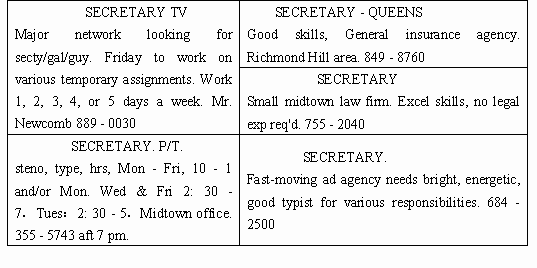阅读理解
Experts say that agriculture provides fourteen percent of the world's greenhouse gas emissions each
year. The gases released include carbon dioxide, a major cause of global warming.
Twenty-one nations around the world recently joined forces to better understand and prevent
greenhouse gas emissions from farms. The Global Research Alliance on Agricultural Greenhouse Gases
was launched at the United Nations conference on climate change. The meeting took place in
Copenhagen, Denmark last month.
Agricultural experts blame a number of farm activities for producing greenhouse gases. For
example, animal waste and cattle digestive systems release methane(甲烷, 沼气)gas. Fertilized soil
and the burning of crop waste also release harmful gases into the air. Experts say some methods of
farming-turning the soil to prepare for planting-also release harmful carbon dioxide.
An official of the European Commission's Directorate General for Research says agricultural
greenhouse gas emissions can be cut. Maive Rute suggests feeding animals a diet designed to reduce
emissions.
The new agricultural research group says protecting against global warming is only part of its
purpose. It says the world also needs to develop better farming methods to feed growing populations
in poor countries.
United States Agriculture Secretary Tom Vilsack said no one single nation can fight agricultural
greenhouse gas emissions and increase food production at the same time. This is why the alliance is
important for combining resources and finding new ones.
The United States Department of Agriculture will increase spending on farm emissions research by
ninety million dollars over the next four years. The total will reach one hundred and thirty million dollars.
The U. S. D. A. will share the research with other countries in the Global Research Alliance on
Agricultural Greenhouse Gases and support researchers from developing countries that belong to the
alliance. Money from the Borlaug Fellowship Program will let the researchers study agricultural climate
change with American scientists.
Mister Vilsack said that just as climate change has no borders, there should be no borders for
research.
1. In Paragraph 4, Maive Rute recommends __________.
A. increasing food production
B. changing cattle digestive systems
C. developing better farming methods
D. giving animals the food meant to produce fewer emissions
2. The underlined word "alliance" in Paragraph 6 probably means __________.
A. action or state being joined together
B. an agreement signed between countries
C. a program or project set up for a research
D. an organization formed for different goals
3. How much has the U. S. D. A. spent on farm emissions research so far?
A. 130 million dollars.
B. 220 million dollars.
C. 40 million dollars.
D. 90 million dollars.
4. The purpose of the passage is to __________.
A. suggest a total ban on farm activities
B. introduce the Copenhagen conference held last month
C. appeal to more countries to cut agricultural emissions
D. inform readers of the major cause of global warming

